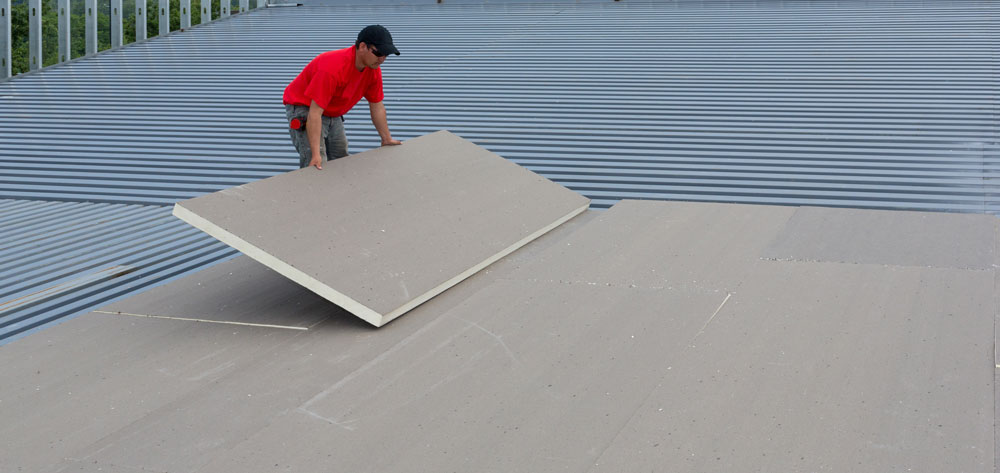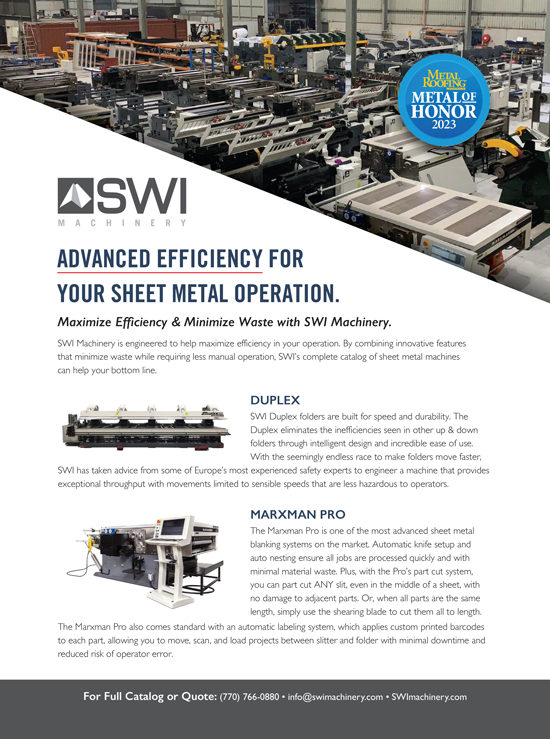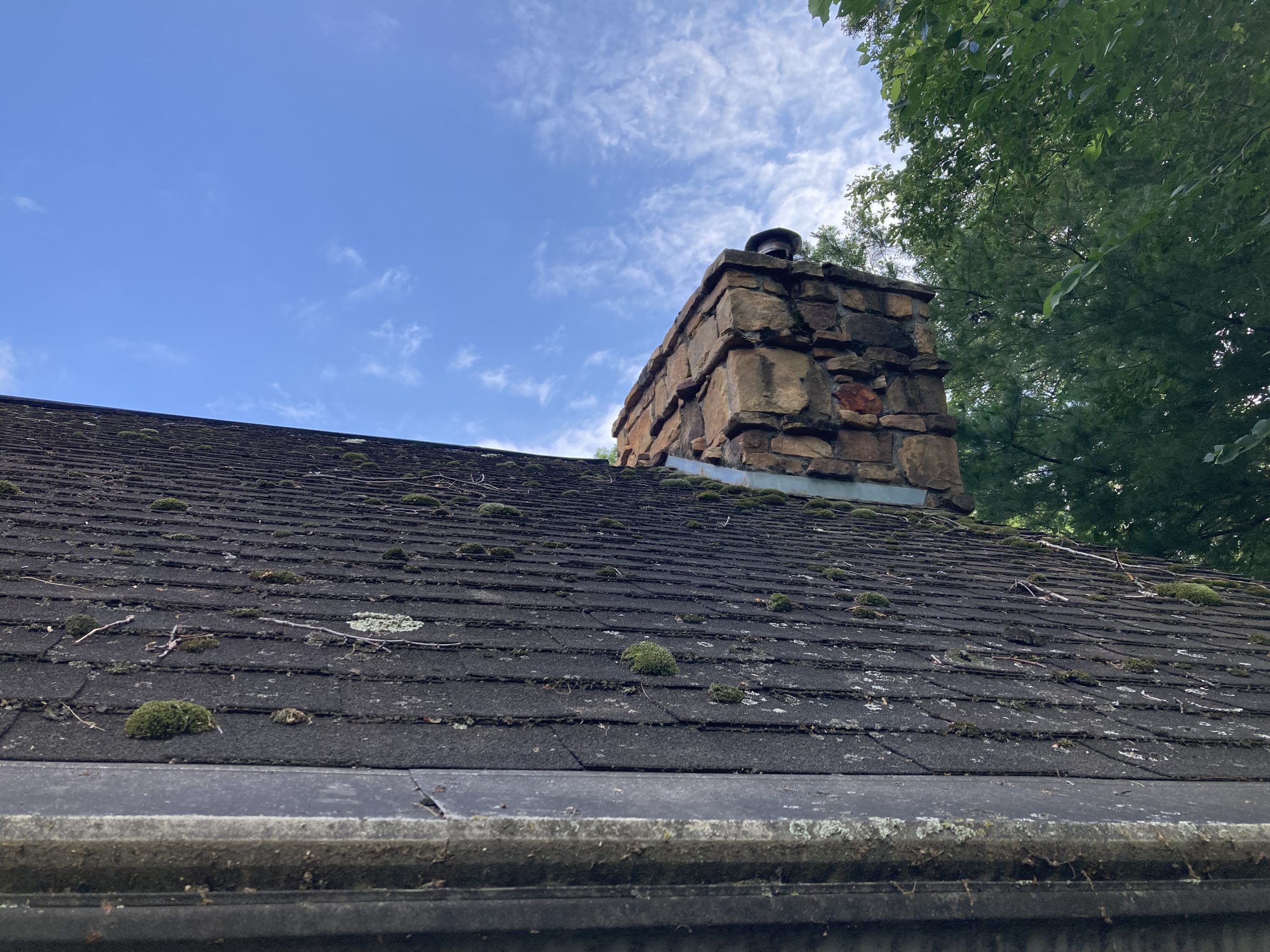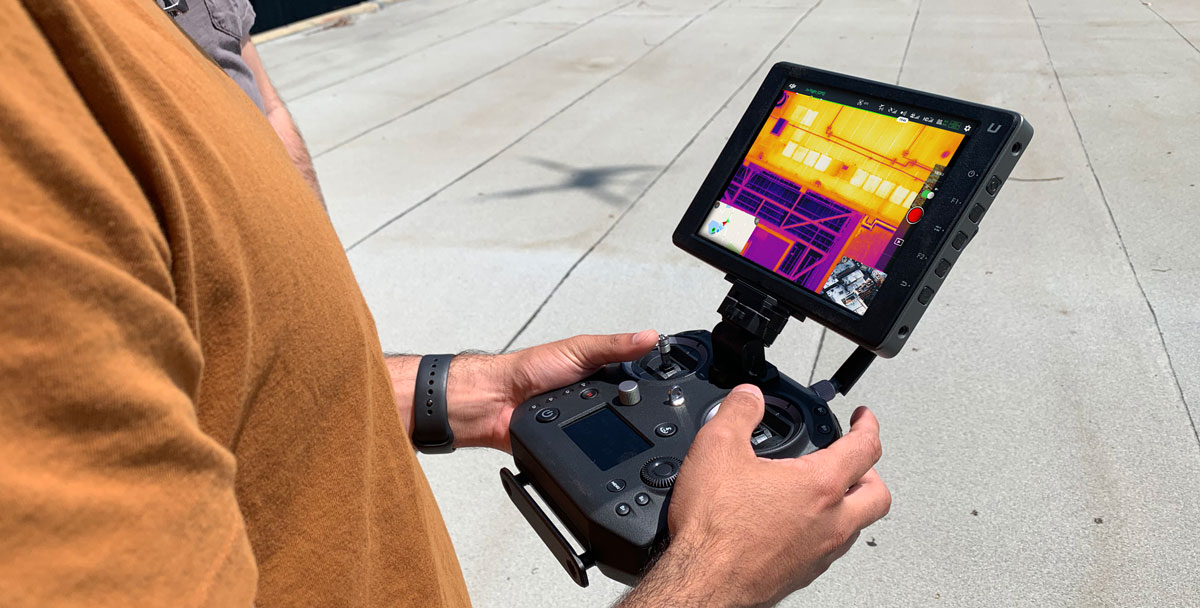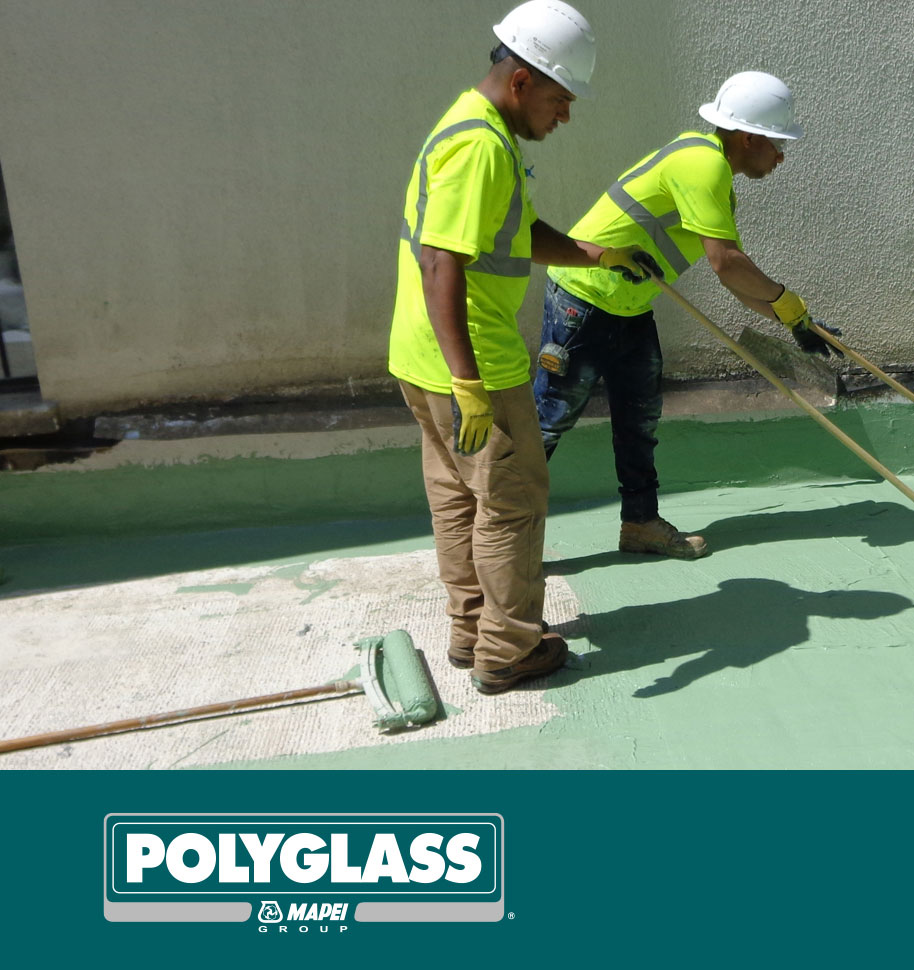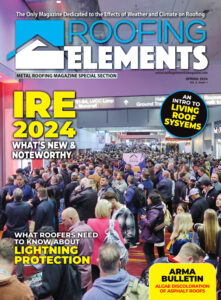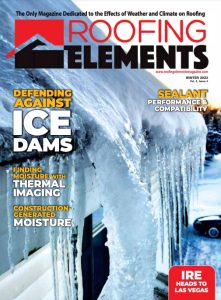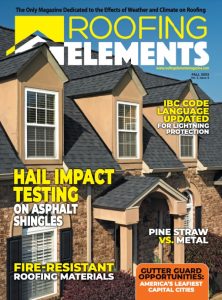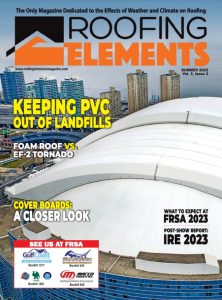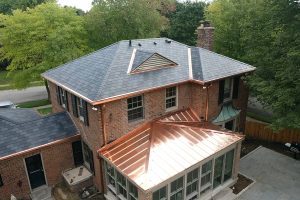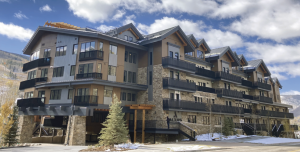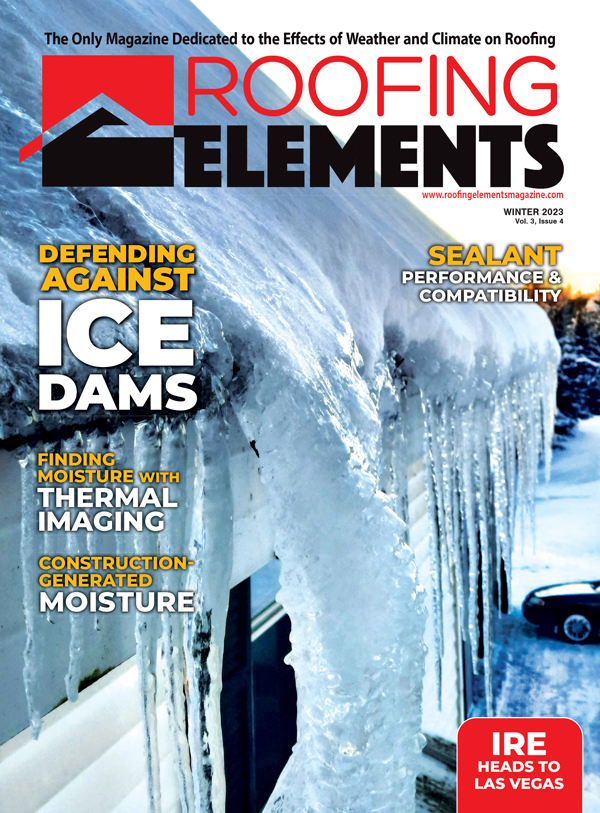BY RACHAEL DeMEIO, Holcim Building Envelope
A reliable roof is essential for the safety and comfort of any indoor space. However, roofing systems require proper maintenance and a plan in place to ensure long-term resilience. Cover boards are an important component to commercial roofing systems that can provide a solution by helping to extend the lifetime of a roof.
What is a cover board?
Cover boards are thin substrates installed between the insulation and waterproofing membrane layer(s) of a roofing system. They are also the most cost-effective way to patch a leaky roof and can be installed to reinforce a roof before putting on a new membrane. By providing double-layered insulation, cover boards protect against the typical issues with flat or low-sloped roofs, such as weather damage from precipitation and moisture, or wind. Single-layered insulation often conforms to irregularities in the substrate creating an uneven, warped surface. Double-layered insulation prevents these issues and is also preferable over metal decks which account for the majority of roof substrates in the United States. This is because, when installed with staggered points, double-layered insulation has the added benefit of increasing the energy efficiency and resiliency attributes of a roofing system. The layer reinforced by a cover board also provides an even, smooth and flat surface, which is easier for construction crews to step on while working. This protects the roof while installations and other construction work takes place.
Cover boards are lightweight, waterproof and durable, and are built to last for the lifetime of a building. They can also provide supplemental fire resistance and can make a building more resilient in case of a disaster. In terms of material, cover boards are commonly made with gypsum or polyiso. While there are many cover board products available, including traditional gypsum board and polyisocyanurate (or polyiso) technologies, high density (HD) polyiso cover boards are specifically designed to provide a combination of impact resistance and ease of installation. These factors, when coupled with the inherent energy savings of the polyiso, contribute to long-term performance of commercial roofing systems, and make it the optimal material choice for a coverboard.
Cover boards vs. insulation boards
It is important to consider the role of a cover board in a roofing system as it relates to other roofing elements. Cover boards are not a replacement for insulation boards as the two have different functions. The primary function of a cover board is to reinforce a roof before overlaying a roofing membrane, whereas the primary purpose of an insulation board is to insulate the roof. However, cover boards can provide some heat retention to maintain a comfortable temperature inside the building during colder months. Additionally, cover boards are thinner and denser than insulation boards, and are more widely used for commercial applications.
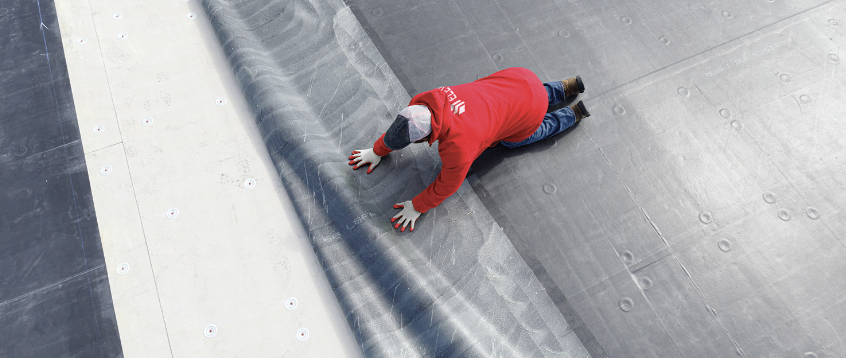
History of cover boards
Cover boards have notably evolved over the past twenty years, incorporating thoughtful changes that have positively affected the installation process as well as the final roofing system. Wood fiber was previously the industry standard material for cover boards. However, this material is porous and therefore susceptible to leakage and warping. By 2005, the new industry standard material had become gypsum, which is commonly used to make cover boards today. The latest technology addresses some of the previous concerns found with wood fiber. Modern cover boards are water resistant and maintain their shape over time even with water exposure. For decades, the NRCA has recommended the use of cover boards instead of plastic foam roof insulation when incorporated into bituminous roof systems.
New technology and advancements
In recent years, technological advancements in roofing materials have allowed for maximized efficiency in roofing installation and maintenance. A significant innovation with regard to roofing materials is polyiso, which is a continuous insulation that minimizes moisture intrusion and maximizes heat retention and fire resilience. Elevate™, formerly Firestone roofing, wall and lining systems, was the first manufacturer to use half-inch polyiso, the same material that is used in Elevate’s ISOGARD HD cover board. This cover board contains polyiso and has a high density and R-value, making it a strong and resilient option. With foam technology that is free of HFCs and has a low global warming potential (GWP), ISOGARD HD is environmentally friendly and provides low temperature R-value performance. Polyiso insulation is stable over a high-temperature range, from about -100°F to 250°F and is compatible with almost all construction adhesives.
A reliable roof that is built to last can help minimize long-term damage and is vital to extending the lifespan of a building. A cover board is a simple and cost-effective solution that contractors should consider for commercial roof maintenance and new roofs alike. l

Rachael DeMeio is the Product Manager, Insulation and Wall Systems at Holcim Building Envelope. Elevate is the premier roofing, wall and lining systems brand within the Holcim Building Envelope commercial portfolio.
Rachael comes from a consulting background with a strategic focus within the protective coatings industry. She has both a bachelor’s in biology and a bachelor’s in chemistry from LaRoche University, and an MBA from DeVry University.

